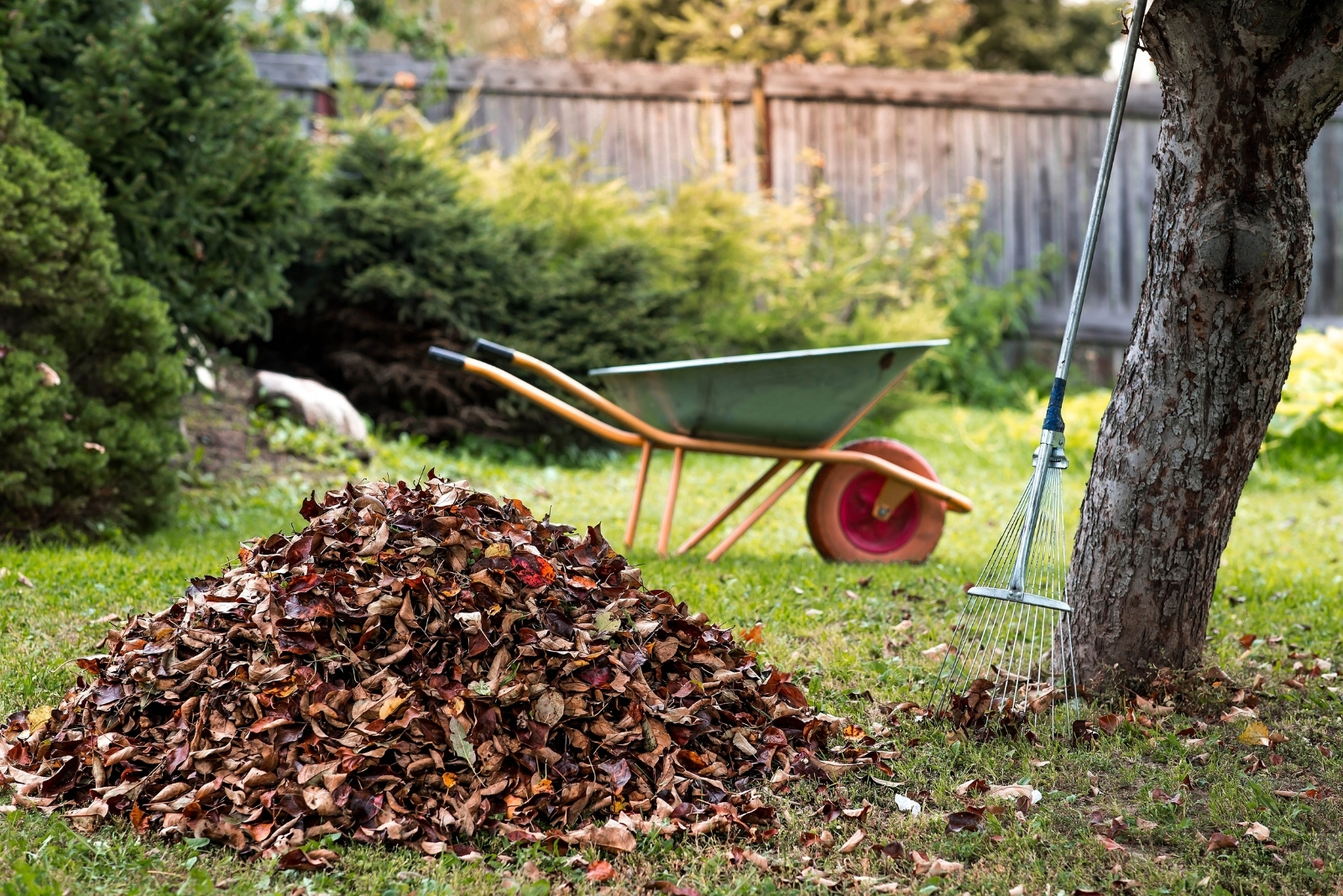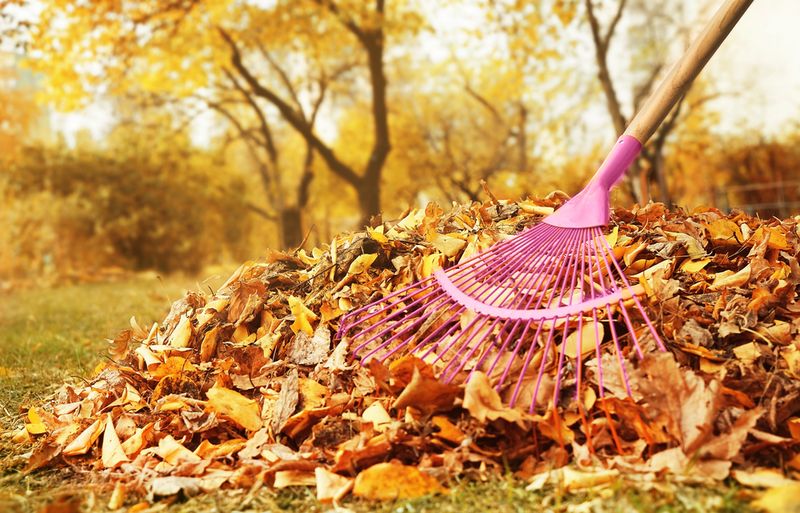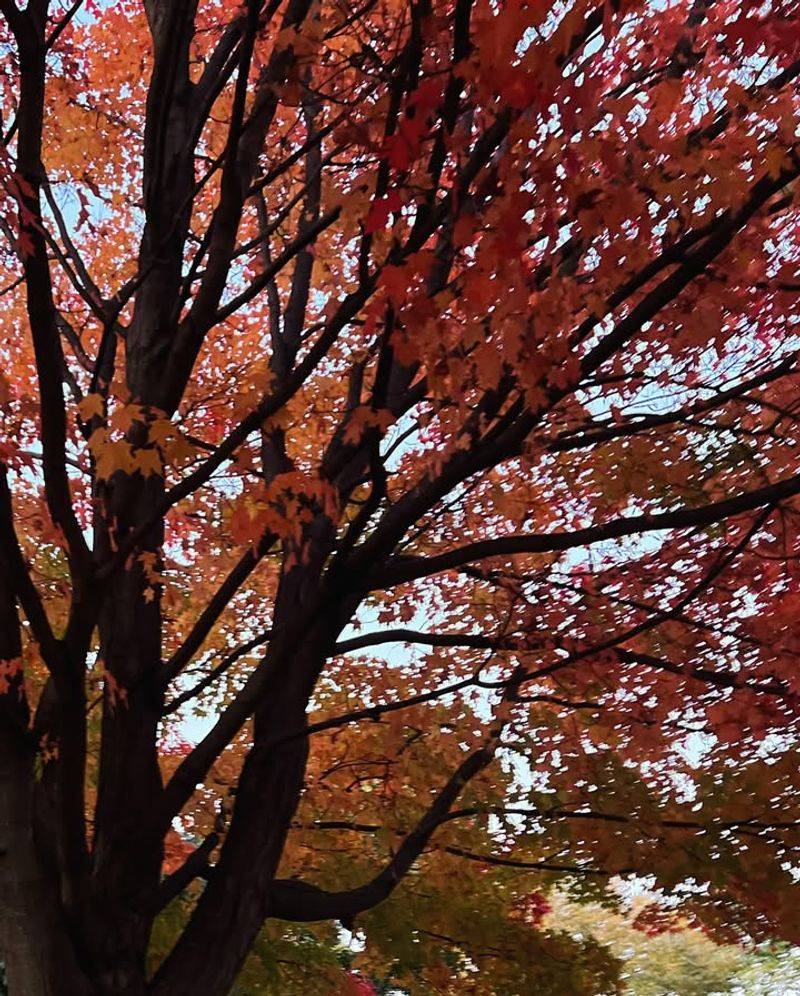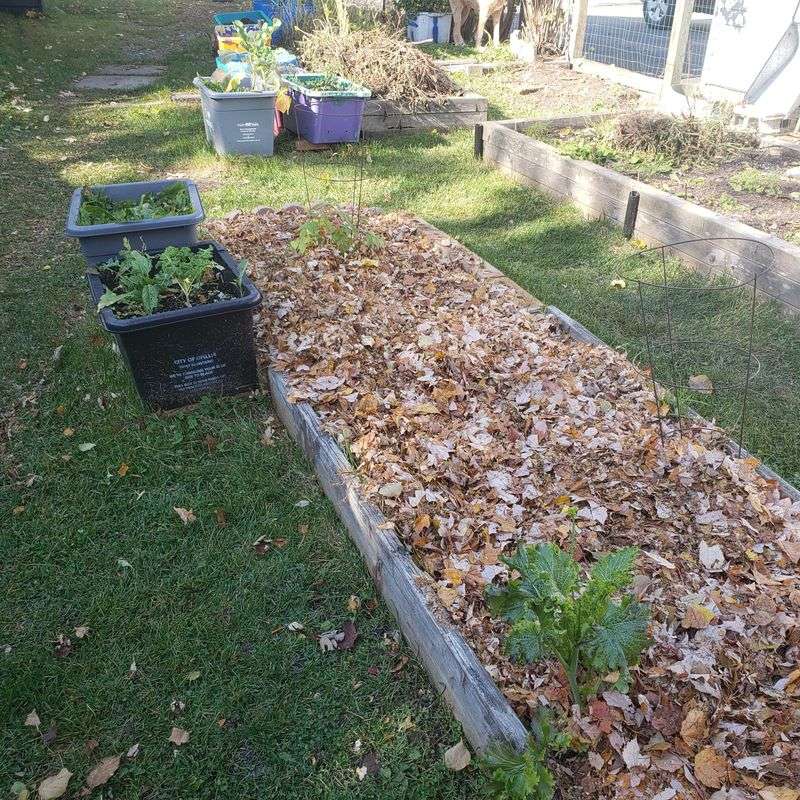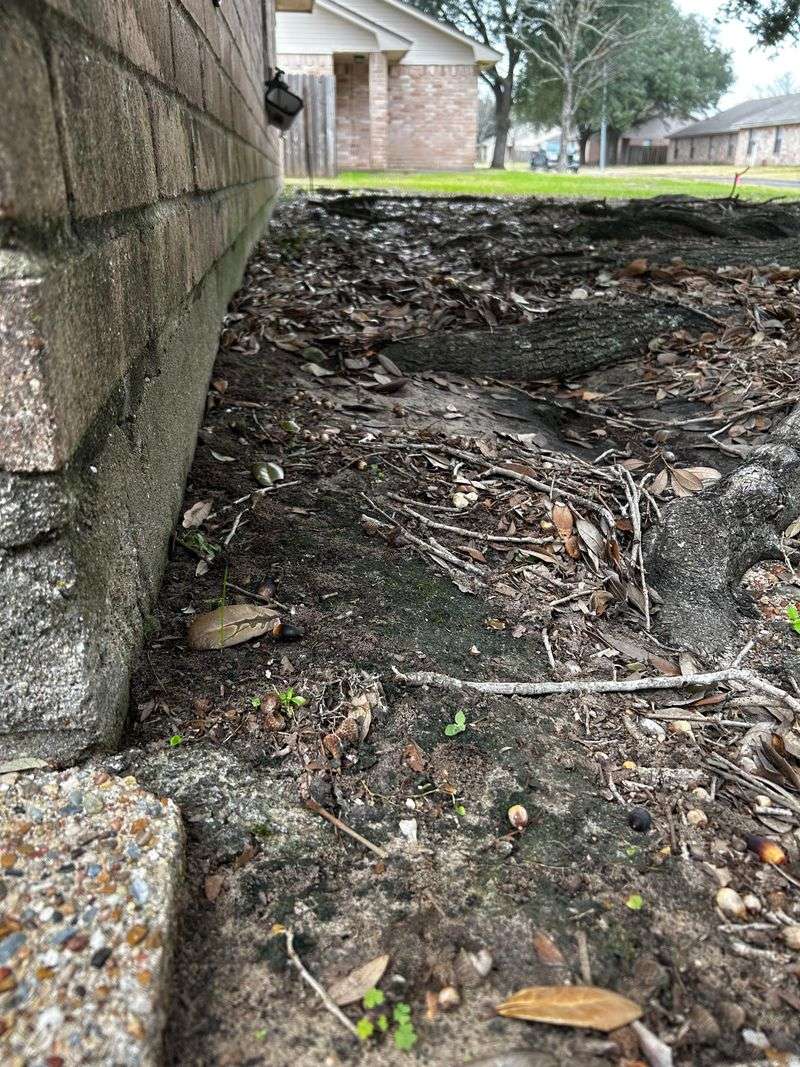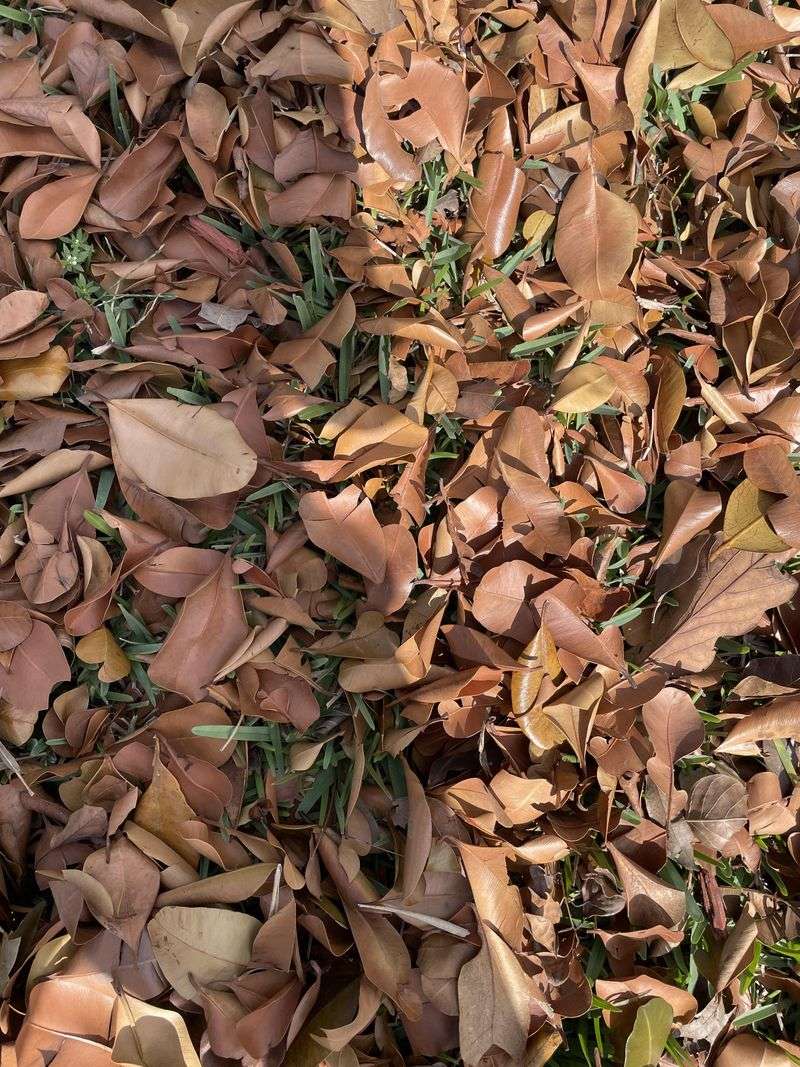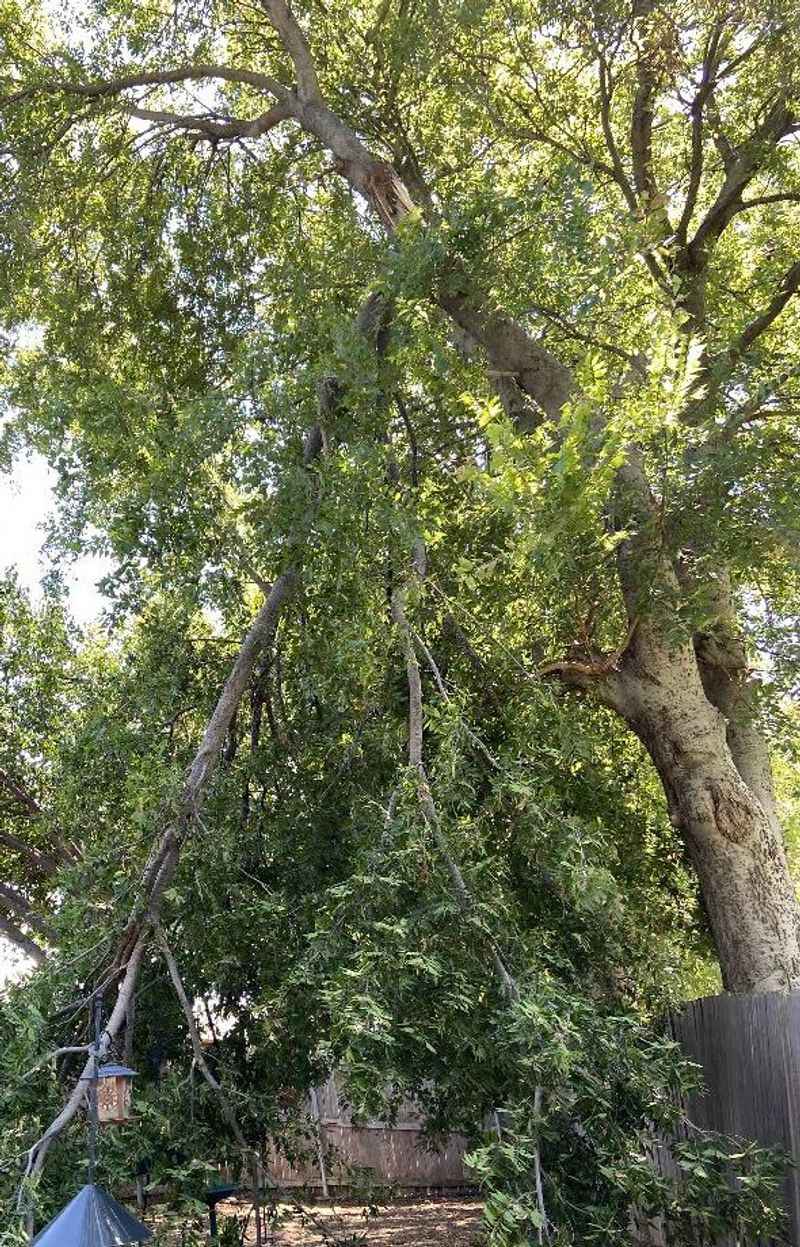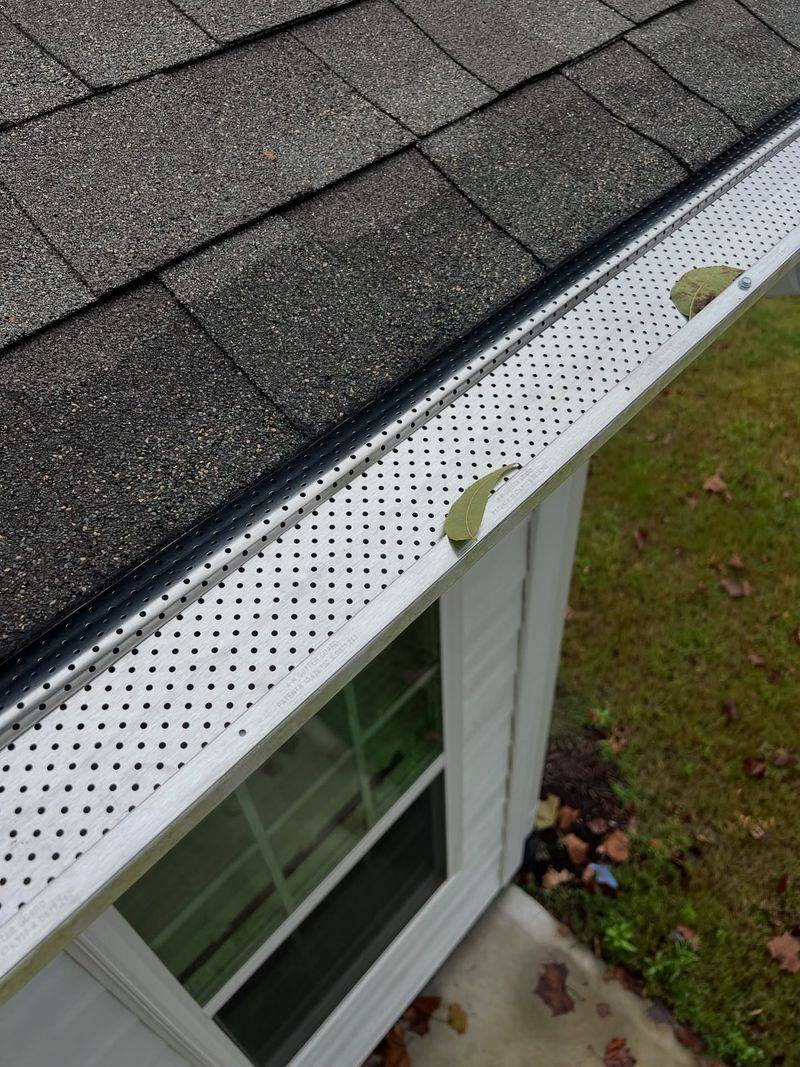When fall hits Illinois, leaves start flying—sometimes right over the fence. It’s easy to wonder who’s responsible for the cleanup when your yard fills with someone else’s mess.
The answer might surprise you. Knowing where the responsibility lies can save you from a neighborly headache.
1. You’re Responsible for Cleaning Them Up
Illinois law considers leaves that blow into your yard as a natural occurrence, meaning you’re the one who has to rake them up. Your neighbor isn’t legally required to clean leaves that fall on your property, even if they came from their trees.
Property owners across Illinois must maintain their own yards, regardless of where the debris originates. While this might feel unfair during peak fall season, it’s simply how the law works.
Think of it like rain—nobody controls where it falls.
2. Branches Are a Different Story
Overhanging branches create a unique situation compared to leaves. If your neighbor’s tree branches extend over your property line in Illinois, you actually have the right to trim them back to the boundary.
However, you must be careful not to damage the tree or trespass onto their property while doing so. Many homeowners choose to discuss the situation with neighbors first to maintain good relationships.
Hiring a professional arborist is often the safest approach for everyone involved.
3. Communication Can Prevent Conflicts
A friendly conversation often solves leaf problems before they become serious disputes. Talking to your neighbor about the leaf situation in Illinois can lead to shared solutions, like splitting yard work costs or helping each other out.
Many neighbors are happy to trim their trees or assist with cleanup when approached respectfully. Building good relationships with those living next door benefits everyone in the long run.
Sometimes a simple chat over the fence makes all the difference in resolving yard issues.
4. Tree Damage Could Change Things
When a neighbor’s tree causes actual damage to your Illinois property, the legal situation shifts considerably. If roots crack your foundation or branches damage your roof, your neighbor might be held responsible for repairs.
Documentation becomes crucial in these cases—take photos and keep records of any damage. Consulting with a lawyer who understands Illinois property law helps determine if you have a valid claim.
Prevention through regular tree maintenance benefits both properties and can avoid costly problems down the road.
5. Municipal Ordinances May Apply
Different cities and towns across Illinois have their own rules about tree maintenance and yard upkeep. Some communities require property owners to keep trees trimmed or remove dead ones that could pose hazards.
Chicago, Springfield, and other Illinois municipalities often have specific codes about vegetation management. Checking with your local government office reveals what regulations apply in your area.
Violating these ordinances can result in fines, so knowing your community’s specific requirements protects you legally and financially.
6. Homeowners Insurance Usually Won’t Help
Most insurance policies in Illinois won’t cover the cost of routine leaf cleanup from neighboring trees. Insurance typically only applies when sudden, unexpected events cause damage to your property.
Falling leaves are considered normal maintenance, not an insurable incident. However, if a neighbor’s tree falls and damages your home during a storm, your policy would likely provide coverage.
Reading your policy carefully and asking your agent questions clarifies exactly what situations are covered in Illinois.
7. Prevention Beats Frustration Every Time
Installing leaf guards on gutters and creating landscape barriers can reduce the impact of neighbor’s leaves on your Illinois property. Strategic placement of fencing, hedges, or other structures helps redirect falling leaves.
Investing in quality yard tools like leaf blowers and mulching mowers makes cleanup faster and easier. Some homeowners even use fallen leaves as free mulch for gardens, turning an annoyance into an advantage.
Taking proactive steps saves time and stress throughout the fall season across Illinois.

